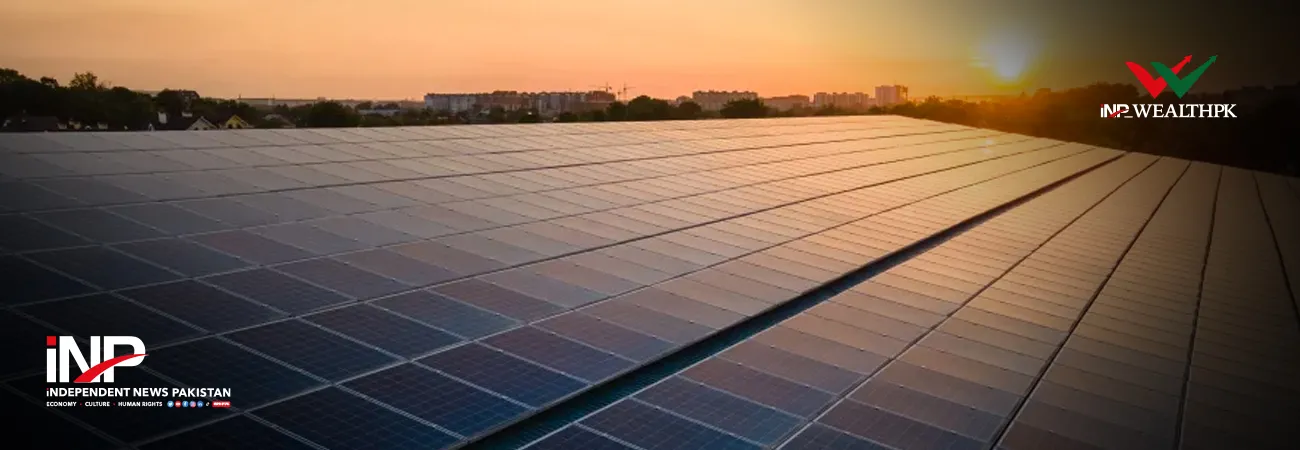INP-WealthPk
Ahmed Khan Malik
Heading fast towards completion, the Sindh Solar Energy project will contribute significantly towards increasing the solar power generation and access to low-priced and affordable electricity. The project – conceived by the former Pakistan People’s Party (PPP) government – is making a steady progress and will be completed soon, a top official of the Sindh Energy Department told WealthPK. The project is part of efforts to promote renewable energy in the province, which possesses immense potential for solar power generation, said Jameel Qazi, Director of RE at the Energy Department. He said the World Bank was funding the project under a $100.0 million financing agreement in order to increase solar power generation and access to electricity. The project will support the deployment of solar power in three market segments: utility scale, distributed generation, and at the household level. “The utility scale segment includes the development of solar parks to support private sector investment and launch of Pakistan’s first competitive bidding for solar power production, starting with an initial 50MW pilot solar auction,” he said.
Besides, distribution of solar includes at least 20MW of distributed solar PV on the rooftops and other available space on and around public sector buildings in Karachi, Hyderabad and other districts and provision of solar home systems to 200,000 households in areas with low or no electricity access. The total cost of the project is $105.0 million, with the foreign financing component standing at $100.0 million. As for the Sindh government, it will contribute $5.0 million. Public funding will be used to leverage private sector investment and/or expertise in the three segments, with an emphasis on long-term sustainability, developing domestic solar PV experience, and creating of self-sustaining markets. The project will showcase international best practice with renewable energy auctions, reduce headline cost of solar deployment, create sustainable business models for potential replication, build institutional and private sector capacity, and identify opportunities for future renewable energy deployment that address the issues of grid integration.
Sindh receives an average of about 19 megajoules per square meter of energy throughout the year, which is the high level of solar radiation. Such a high potential of energy allows the production of electricity for on-grid communities through mega-level power generation plants using solar photovoltaic and solar thermal technologies and for off-grid communities using stand-alone or community-based power generation facilities using the solar photovoltaic technology. The provincial government plans to electrify off-grid public sector educational buildings, install and electrify water drawing, desalination and distribution setups in the rural areas where deep wells are the only drinking water source available for dwellers, and provide solar streetlights in off-grid remote villages. Solar power generation is part of efforts to switch over to affordable and environment-friendly power under the federal government’s plan to produce 30 percent of the total power from renewable sources of energy.
Credit: INP-WealthPk













